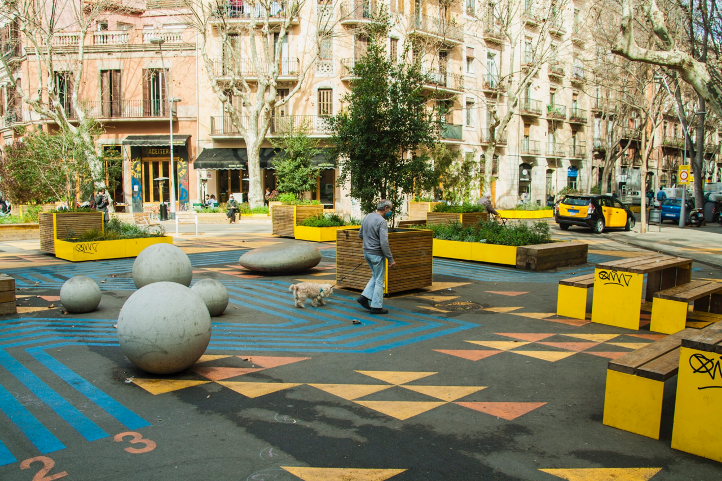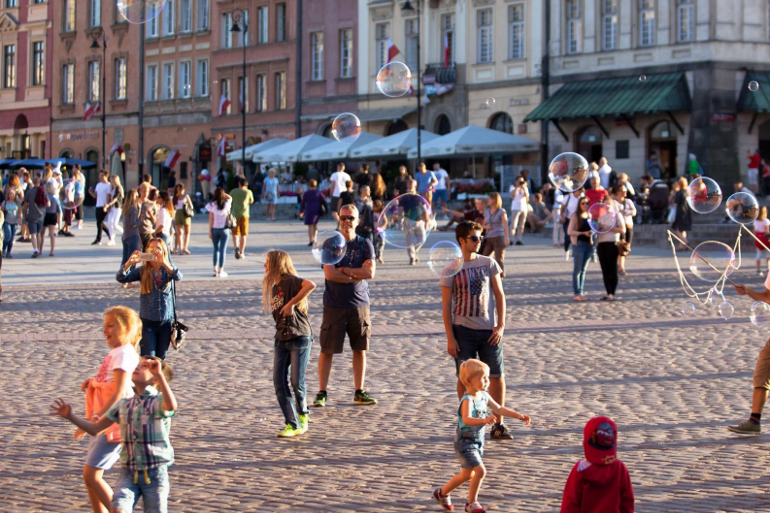What are BESTI policies?
Built Environment-based Sustainable Travel Interventions are policies that seek to use the design and characteristics of the built environment to spark and accelerate changes in people’s travel behavior and modal choice in favor of active modes of transportation.
Some examples of BESTI policies:

Superblocks
Barcelona
The flagship of the Catalan capital is a plan to create local pedestrian areas and new public spaces, by diverting traffic and deploying elements of tactical urbanism.
Piazze aperte
Milano
Milano’s project of bringing open squares and open streets to every neighborhood is a great example of bringing the benefits of sustainable travel and high-quality public space beyond city centre, by transforming the built environment and using tactical urbanism.


La ville du quart d’heure – The 15-minute city
Paris
Under the leadership of Anne Hidalgo, the French capital is pushing for an ambitious 15-minute city programme, with service and key-destinations allocation, combined with an increased priority for walking and biking, to ensure equal access to opportunities and modal change.
Comfortably local
Warsaw
Transformation of the city centre of the Polish capital aims to generate a more compact, local-oriented urban environment, with changes in the active travel infrastructure at the centre of its strategy.
